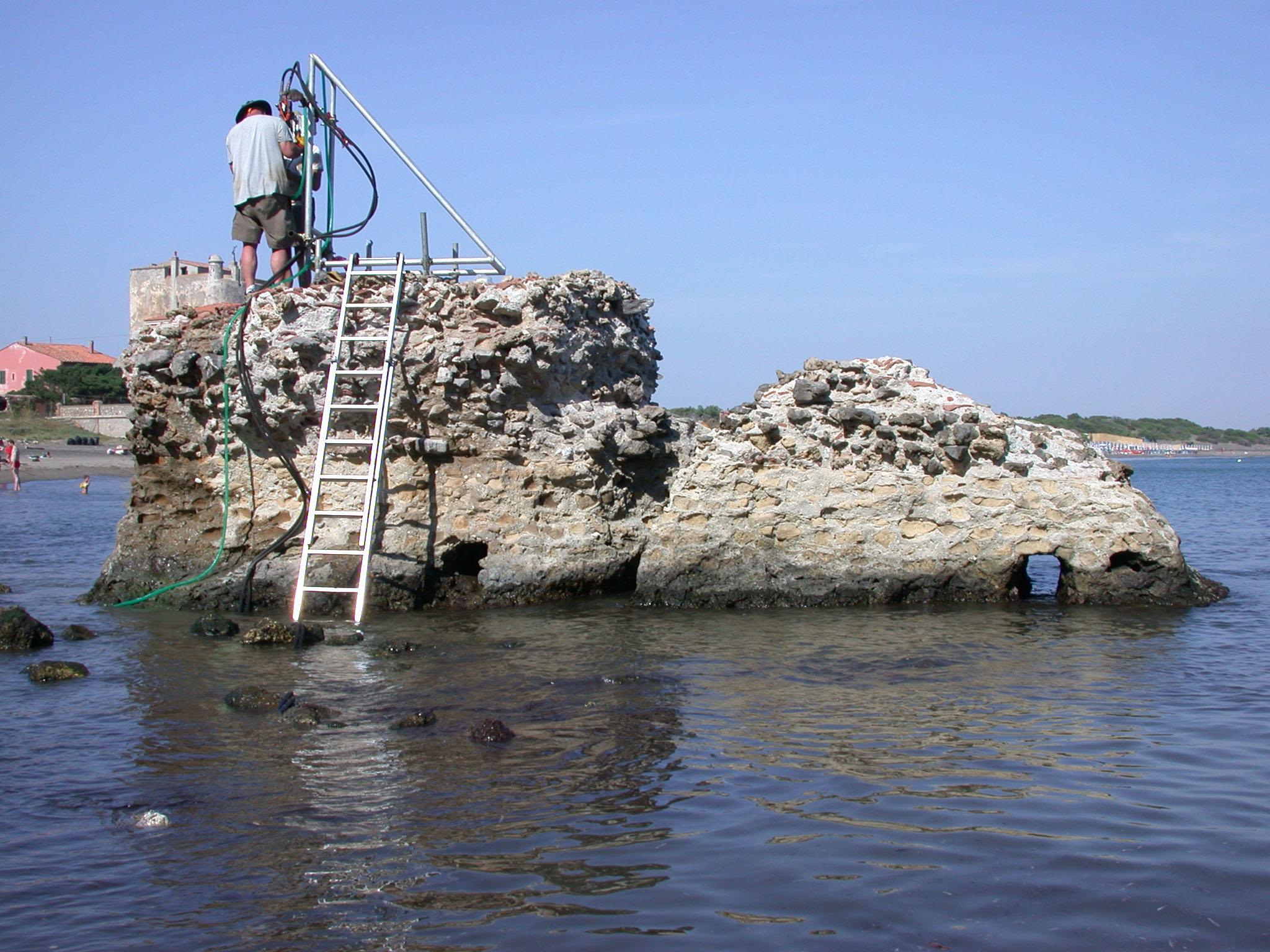Mystery of 2,000-year-old Roman concrete solved by scientists
Seawater makes ancient concrete stronger, so it lasts while modern structures crumble into the sea

Your support helps us to tell the story
From reproductive rights to climate change to Big Tech, The Independent is on the ground when the story is developing. Whether it's investigating the financials of Elon Musk's pro-Trump PAC or producing our latest documentary, 'The A Word', which shines a light on the American women fighting for reproductive rights, we know how important it is to parse out the facts from the messaging.
At such a critical moment in US history, we need reporters on the ground. Your donation allows us to keep sending journalists to speak to both sides of the story.
The Independent is trusted by Americans across the entire political spectrum. And unlike many other quality news outlets, we choose not to lock Americans out of our reporting and analysis with paywalls. We believe quality journalism should be available to everyone, paid for by those who can afford it.
Your support makes all the difference.Some 2,000 years after they were first erected, Ancient Roman harbours made from concrete are still standing across Europe.
Meanwhile, more modern constructions have proved far less durable, crumbling into the water in a mater of decades.
Finally, scientists have solved the puzzle of what made the ancient concrete so strong — and they think the discovery could make modern buildings more environmentally friendly.
Concrete used for ancient sea walls was made by mixing lime, seawater, volcanic ash and rock. The combination produces a 'possolanic reaction' – named after the commune of Pozzuoli in Naples.
Researchers have now discovered that elements in the ash react with sea water, which actually strengthens the material. In contrast, waves erode modern concrete.
"Contrary to the principles of modern cement-based concrete, the Romans created a rock-like concrete that thrives in open chemical exchange with seawater," Utah University geologist Marie Jackson said.
Researchers discovered the Roman concrete contained aluminium tobermorite, a rare mineral that adds extra strength. When the Roman concrete was exposed to seawater, the tobermorite crystallised and spread.
The researchers said that long-term exposure to sea water helped these crystals to continue growing, reinforcing the concrete and preventing cracks from developing.
Switching to a similar type of concrete could make some contemporary constructions less harmful to the environment, since the production of modern Portland cement uses high-temperature kilns that make a significant contribution to industrial carbon dioxide emissions.
Professor Jackson said the material should be considered for proposed projects such as the tidal lagoon being considered in Swansea.
The lagoon would need to run for 120 years to recoup the cost of its construction, Professor Jackson said. “You can imagine that, with the way we build now, it would be a mass of corroding steel by that time,” she added.
Yet a structure built from Roman concrete, she argued, could remain intact for centuries.
Subscribe to Independent Premium to bookmark this article
Want to bookmark your favourite articles and stories to read or reference later? Start your Independent Premium subscription today.
Join our commenting forum
Join thought-provoking conversations, follow other Independent readers and see their replies
Comments